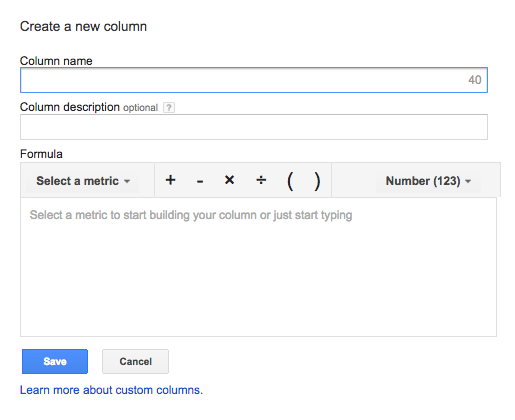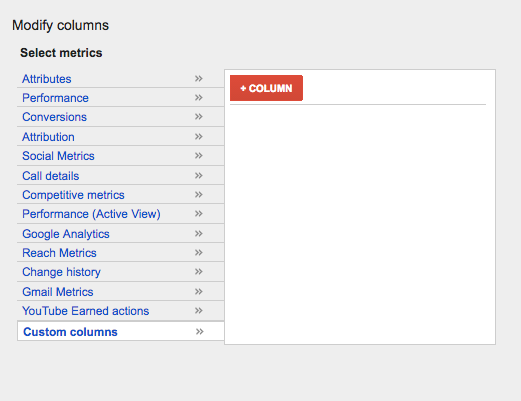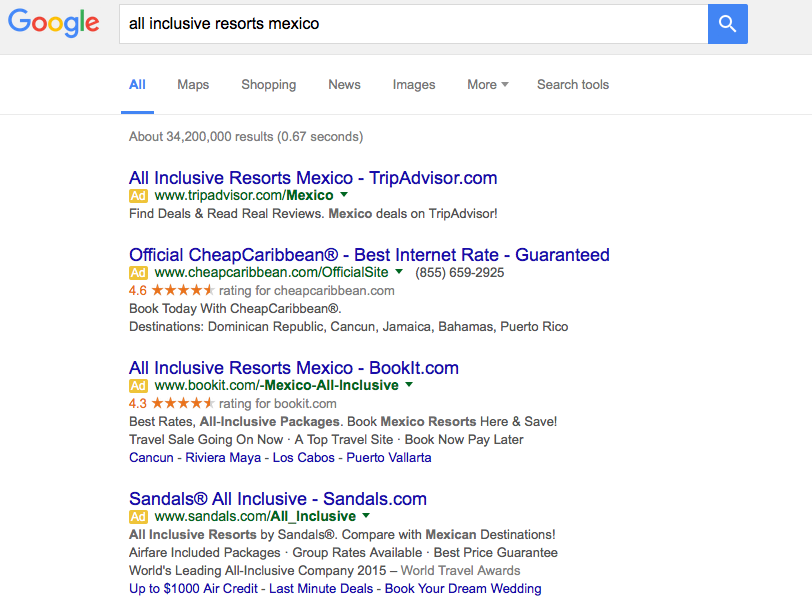I have been in the PPC industry just long enough to realize that we are entering the Golden Age of digital advertising. Social platforms are allowing us to interact with consumers in a whole new way. Programmatic gets ads in front of specific audiences like never before. Bing and Google constantly change the ball game for us. You and I, the PPC Heroes, we aren’t just managing accounts, we are dealing in a massive vault of data.
With so many strategies and tactics, it is sometimes hard to know when to double down with your attention and when to cash out. How do you tell the difference between the good and the bad? The PPC Gold and the PPC Pyrite?
A lot of that depends on the health of the account, but in this blog, I am going to explore a few hot topics and see what they are worth.
Quality Score
Fool’s gold. Yup. I said it. Quality Score is fool’s gold. This is not to say it isn’t important and it isn’t useful. Even pyrite is shiny and pretty and fun to collect. But let’s take a deeper look into why I say Quality Score is a waste of time.
A magician never reveals her secrets much like Google never reveals all components involved in calculating Quality Score. Search and you will find the same old answers:
- Average CTR across all accounts
- Specific account performance
- Match type
- Landing page relevance
- Ad relevance
Some of these items are directly in our control. Most are not.
In one account, I spent months working on Quality Score. I set up a script alerting me to keywords with low Quality Score changes. I monitored these keywords for weeks before moving them into their own ad groups. Then I wrote super-targeted ad copy and made sure the landing pages were up to snuff. I continued to monitor the performance week after week. I stressed over them. I gave up on them. I sweet-talked them. I swore at them. I rode the emotional roller-coaster that is Quality Score analysis. In the end, I moved them back into their original ad groups and let them be. So while Quality Score is a great guide (weighted Quality Score is even better), don’t play all your chips on this metric alone.
Mobile-Preferred Ad Copy
Hey everyone, have you heard about mobile advertisements? Did you know mobile advertising is exploding? This is a big fat golden nugget. Bing recently released data about mobile-preferred ads, citing that they receive 2x the CTR as other ads on mobile devices.
You might push back and say “Yeah, but my site is not mobile-optimized” or “Performance is horrible on mobile.” And I will look at you and say, “And?” Because even if one or both of those statements are true, checking a little box in AdWords designating an ad “Mobile” isn’t going to necessarily hurt your account. Bad performance or horrible mobile site? Place bid modifiers on mobile to control inefficient spend. But if your ad has a better chance of performing on mobile, wouldn’t you want to take that chance?
Custom Columns
The Golden nugget of PPC goodness. To date, few tools in AdWords have made me want to grab my computer and hold it in a loving embrace more so than custom columns. There are numerous uses for custom formulas within custom columns, including:
- Estimated profit
- Percentage of mobile clicks
- Impact of the removal of sidebar ads
Let your curiosity run wild. Set your data free. Being able to manipulate your data into highly account-specific metrics is invaluable. Keep in mind custom columns are currently only available at the campaign or ad group level.
Embedded RLSA Campaigns
Let’s say you have a large account with 50+ search campaigns. You want to do the smart thing and create Remarketing Lists for Search campaigns, but the thought of duplicating those 50+ Search campaigns and managing 100+ campaigns in AdWords makes your skin crawl. Have no fear. Google allows you to add remarketing lists to your existing search campaigns. This seems like the efficient thing to do, right? Fool’s gold.
Keywords in regular search campaigns are bound to perform differently than those same keywords in RLSA. When you analyze performance, you may find that you are increasing your RLSA modifiers again and again and again while you are decreasing your bids for search. Counter productive. Or you are just going to get to the point where you max out. In the example below, the Search campaign operates at a revenue per click of $1.06 while the cart abandon list pulls in a whopping $7.95 per click. That is a 649% difference. Attempting to manage bid modifiers and keyword bids is more work than it is worth.

So while you may be faced with a long list of campaigns to scroll through, separating your RLSA is the way to go in the long run.
Pulling The Plug On Under-performing Initiatives
This is a tricky one. If you launched a new initiative—a campaign, platform, ad copy, whatever—and it is dragging the life out of your budget and performance faster than you can send out the bat signal, then yeah, you might want to pull the plug. But I am going to have to say that pulling the plug too soon is fool’s gold.
Here’s why. New initiatives need room and time to breathe. PPC magic doesn’t happen overnight. Keep in mind your long-term strategy. You probably decided to launch this new initiative because it was going to help you achieve your long-term account goals. Don’t just look at cost and conversions and be done with it. Look at how it is impacting other campaigns and initiatives. Are there assisted conversions? Are you reaching new users? What would happen if you turned it off? Yeah, eventually you may need to pull the plug. But patience, young grasshopper.
Ad Extensions
Scrooge McDuck-dive into these golden nuggets. Think your headline and 70 characters are enough? Think again. You need extensions. You don’t have control over when your extensions show and when they don’t, but do yourself a favor and add every single extension possible to your ad groups. Extensions mean real estate. You need to monopolize the auction.
Look at my search results below. The ad in position 1 is nice enough, but I’m not getting a lot of information. I’m just going to go ahead and breeze right by that option.
Now the next two ads have seller rating extensions. I like ratings. The third ad is fantastic. Reviews, callout extensions, sitelink extensions—a good amount of real estate and great information all packed into a highly relevant ad. Give me just a few moments while I book my Mexican vacation.
All That Glitters
Our industry is constantly changing. We have an over-abundance of tools, platforms, and data at our hands. The bottom line is this – keep up with the trends, try new things, and test ideas but learn to recognize inefficiencies and move on. Not every PPC hype is worth its weight in gold.
What about you? What PPC strategy or tactic has sent you on a fool’s errand and what has lead you to the pot at the end of the rainbow?






